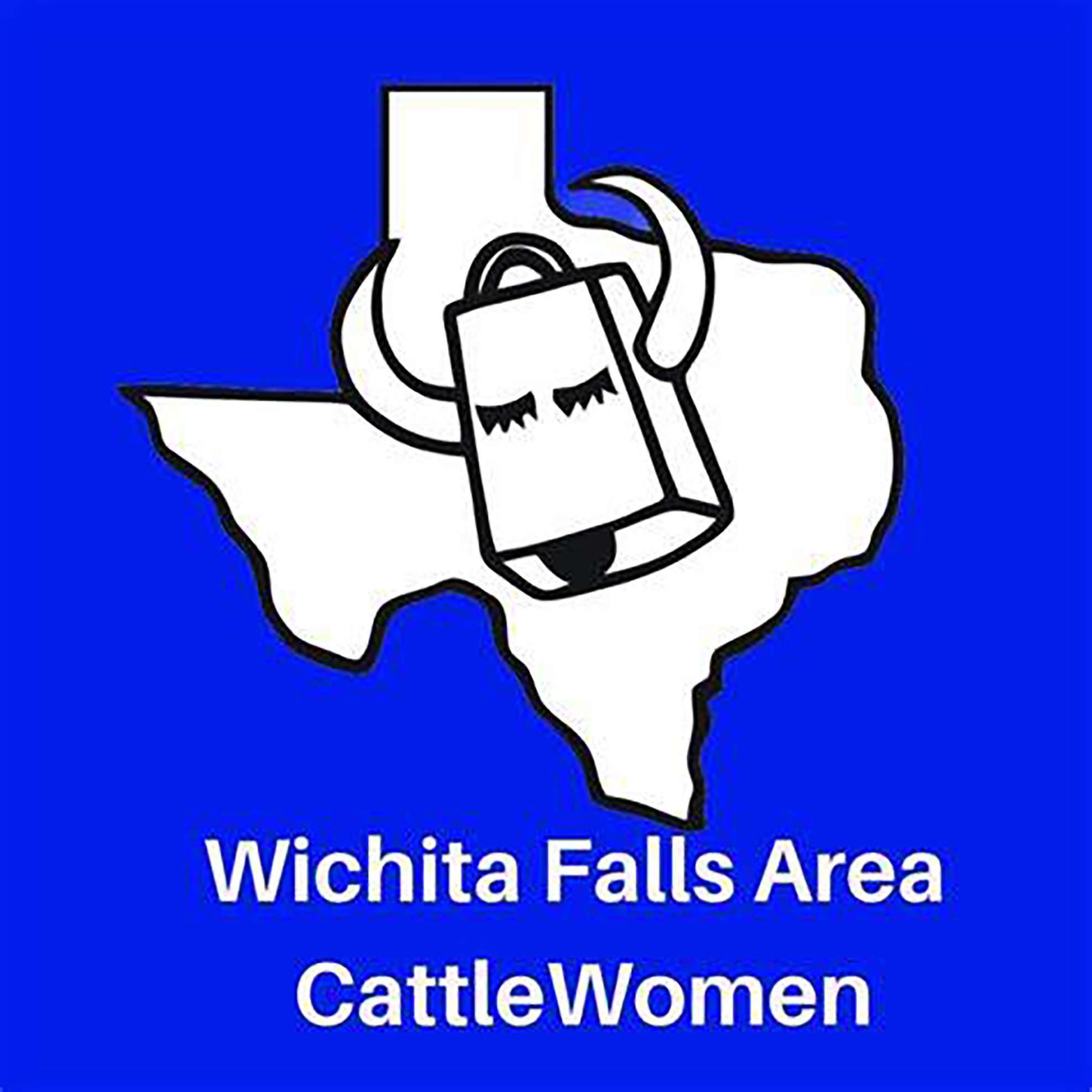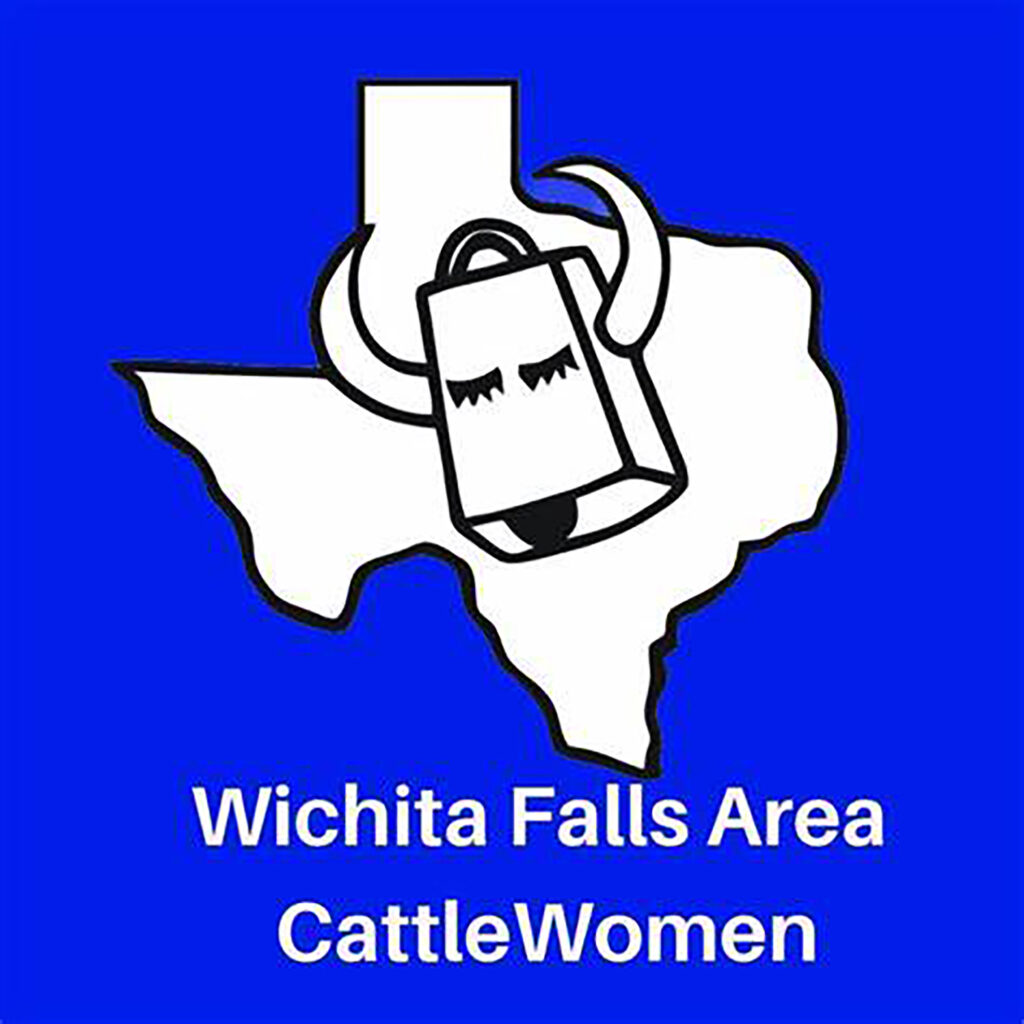HOME
Confessions of a Hunter – Texas Mud Run

By Andy Anderson
During the summer, one of my favorite things to do as a kid was run the creek bottoms around the house. Growing up in the country, the neighbors lived a few miles up the road so they would drive their farm truck down and pick me up to head out for adventures.
Between the neighbor’s land and our own, we had the run of about 50 square miles. We would help each other get our chores done so we could go exploring as fast as we could. There were four of us ranging in age from nine to 14, dressed in nothing more than cutoff blue jean shorts and tee shirts. No shoes; didn’t need them. Our feet were tough as boot leather and we were used to it. We didn’t have bottled water back then, but we had a canteen from the Vietnam War we took with us.
Running the creek bottoms was quite the adventure. We would find all kinds of stuff and would see lots of different animals. The terrain was always different and constantly changing. These creek bottoms were narrow, and sometimes the banks would be straight up, 25 to 40 feet high, tree roots lurching out from the sides down to the water and the dirt looked like layered cake. Trees always covered the creek, providing some shade.
Sometimes there was water we would have to wade though, or trees down blocking the path that we would either have to climb or go under. We called them beaver dams; they were not really a beaver dam but large piles of limbs and such the water would pile up from a flood, making it look like a beaver dam. There were awesome places for snakes and other little critters to hang out. We would always check the pools of water for fish that got trapped as the water receded from a flood.
We spent hours running these creek bottoms listening only to our stomachs telling us when it was time to head back for supper. We had free reign to go as far as we wanted to. Well, one time we did. All we had to do was get across this large pond that was really deep and full of snakes.
We found this big piece of Styrofoam block that looked like it was used for a dock or something. We carried that thing back to the big pond. I bet we covered eight or nine miles walking round trip during these excursions, but we had a mission now, and we had to get to the other side of the big pond so we worked extra hard and started planning things out.
This foam block was big and could hold us afloat, but not wide enough for everyone so we had to build a type of raft. We used bailing twine we collected from feeding chores, some scrap 2x4s and big logs we found in the creek. We built ourselves a raft. We used long sticks as paddles or to push our way around.
To read more pick up a copy of the October 2018 NTFR issue. To subscribe call 940-872-5922.
HOME
Preparing Spring Gardens

By Hannah Claxton | Editor
The North Texas area is located within USDA Hardiness zones seven and eight. The zones are categorized by predicted low temperatures for winter and timing of the first and last frosts.
Zone seven usually has winter low temps between 0 and 10 degrees F with the average date of the first frost falling between Oct. 29 and Nov. 15 and the average date of the last frost falling between March 22 and April 3.
Overall, these two zones have similar climates and growing conditions, making the options for timing and variety within a garden very similar.
In these zones, cool-season crops should go in the ground in March, meaning that soil preparation should start now.
To read more, pick up a copy of the January edition of North Texas Farm & Ranch magazine, available digitally and in print. To subscribe by mail, call 940-872-5922.

HOME
Equine Vaccinations

By Heather Lloyd
Vaccinations are a critical component of maintaining the health and well-being of horses, especially in environments where they are exposed to other animals, such as in the sport, show and performance arenas. Horses, like all animals, are susceptible to various infectious diseases that can spread quickly and cause serious harm.
A routine vaccination schedule helps prevent the spread of these diseases by preparing the horse’s immune system.
To read more, pick up a copy of the November edition of North Texas Farm & Ranch magazine, available digitally and in print. To subscribe by mail, call 940-872-5922.

HOME
Wichita Falls Area Cattlewomen

Having herds on a controlled breeding schedule means that we have a predictable calving schedule, and while it’s only over a couple of months, for us it does fall right after the start of the year. I lobby annually to call ours the “Winter calving season”, but I am outvoted and my husband still refers to it as Spring. Unlike producers in our Northern States, we don’t have to contend with brutally harsh winter weather, and on those rare times we do, thankfully it is not for extended periods. Regardless of whether you have a Spring or a Fall calving schedule, the health of a newborn calf begins with the mother’s health, and the mother’s health is largely dependent on the producer.
To read more, pick up a copy of the November edition of North Texas Farm & Ranch magazine, available digitally and in print. To subscribe by mail, call 940-872-5922.

-

 Country Lifestyles2 years ago
Country Lifestyles2 years agoScott & Stacey Schumacher: A Growth Mindset
-

 Country Lifestyles8 years ago
Country Lifestyles8 years agoStyle Your Profile – What your style cowboy hat says about you and new trends in 2017
-

 HOME8 years ago
HOME8 years agoGrazing North Texas – Wilman Lovegrass
-

 Outdoor10 years ago
Outdoor10 years agoButtercup or Primrose?
-

 Country Lifestyles5 years ago
Country Lifestyles5 years agoAmber Crawford, Breakaway Roper
-

 Equine1 year ago
Equine1 year agoThe Will to Win
-

 Country Lifestyles9 years ago
Country Lifestyles9 years agoJune 2016 Profile – The man behind the mic: Bob Tallman
-

 Country Lifestyles8 years ago
Country Lifestyles8 years agoDecember 2016 Profile, Rusty Riddle – The Riddle Way




